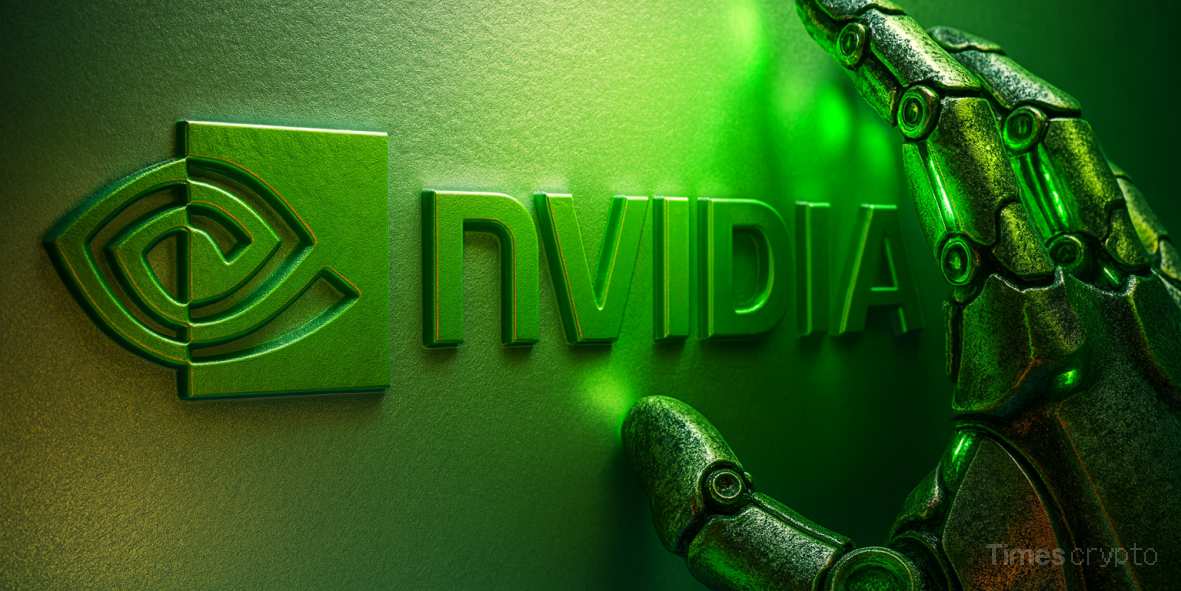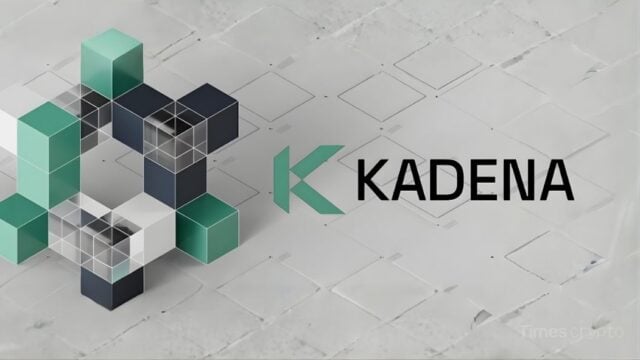Key Takeaways
- Robotics: Omniverse NuRec libraries introduce 3D Gaussian splatting for enhanced and hyper-realistic world reconstruction using sensor data.
- Cosmos Reason, a 7B-parameter vision-language model, allows robots to plan in unfamiliar environments, just like humans do.
- Blackwell’s RTX PRO servers unify Artificial Intelligence (AI) training, simulation, & deployment workflows for robotics developers.
- Industry adoption by Boston Dynamics, Amazon, among others, demonstrates the increasing demand for synthetic training environments and more.
Table of Contents
The Simulation Arms Race is Heating Up
At SIGGRAPH 2025, NVIDIA didn’t just launch another Graphics Processing Unit (GPU); they announced an entire robotics ecosystem to build the robots of the future. The centerpiece was a set of tools that brought together photorealistic simulation with AI reasoning to allow machines to do “practice” in digital environments before deploying in the real world.
This is a major relief to robotics developers, who have been bottlenecked by how much real-world training data they can collect. With this, the company is allowing robots to learn from synthetic experiences that would take thousands of years to collect in the real world.
Breaking Down the Tech Stack
1. Omniverse NuRec: The Ultimate Digital Twin Engine
The new libraries bring 3D Gaussian splatting, which is a rendering method to turn 2D sensor inputs into navigable 3D spaces. Think of it like a self-driving car that scans a street using cameras, and then immediately reconstructs that scene in simulation, with perfect physics. The primary applications are:
- Autonomous vehicles: The CARLA (an open-source autonomous driving simulator) integration helps companies like Foretellix in generating millions of driving scenarios.
- Industrial robots: Amazon uses digital twins to prototype an assembly line before they are physically deployed.
2. Cosmos Models: The “Brain” for Robots
Although well-established AI modelling acknowledges objects, NVIDIA’s new Cosmos Reason adds an entirely new capability, common sense. This 7B parameter model can:
- Decomposed complicated commands (“Clear the dinner table”) into a linear series of steps.
- Adapt to new environments by using physics understanding techniques, which will be necessary for warehouse bots working in unstructured environments.
Magna International is one example of a company using it for last-mile delivery robots in urban environments that interact with unpredictable environments.
3. Blackwell-Powered Infrastructure
Latest Ray Tracing Texel eXtreme Professional (RTX PRO) servers and Deep GPU Xceleration (DGX) Cloud capabilities are designed to meet the significant computational demands of modern AI tools. These key advancements include:
- Blackwell GPU Versatility: A single Blackwell GPU can now efficiently manage both AI training and real-time simulation tasks.
- DGX Cloud for Large Datasets: Hexagon uses DGX Cloud to process extensive synthetic datasets, supporting AI development for mining equipment.
Why This Matters for NVIDIA’s Future
Beyond simply selling chips, ultimately NVIDIA has positioned itself as the “Windows of Robotics”, a platform play that has multiple revenue streams, like:
1️⃣ Licensing payments for Omniverse/Cosmos tools
2️⃣ Cloud services through DGX subscriptions
3️⃣ Hardware lock-in through its outstanding Blackwell architecture
With more than 2 million Cosmos model downloads and partners like Boston Dynamics, the strategy is working. Moreover, Nvidia is not only performing better on graphics, but the robotics arm is building the Operating System (OS) for Physical AI.
What’s Ahead For Nvidia Robotics: Challenges and Competition
Despite widespread belief in Nvidia’s future, some critics highlight existing sim-to-real gaps, arguing that even perfect digital twins and simulations still miss real-world variables. The competition is already hot, and other groups, such as OpenAI’s robotics team (and their associated projects), and Tesla’s Optimus project, are also working to achieve similar goals.
The Age of Embodied AI
NVIDIA’s new endeavor marks a profound turning point, from AI that thinks to AI that actually acts. For developers, the new robotics tools provide more democratized access to technology that was previously only available to companies like Google DeepMind. For investors, it opens investment opportunities beyond data centers and GPUs.
Final Thought: But the real issue is not technical; it is philosophical: When machines develop spatial reasoning, how long will it take until our warehouses, factories, and even our houses become shared spaces with these synthetic intelligences? For now, let’s just say: The future is now.
For more tech-related stories, read: Microsoft & Meta’s AI Investments: How $648 Billion in Market Gains Redefine Tech’s Future







